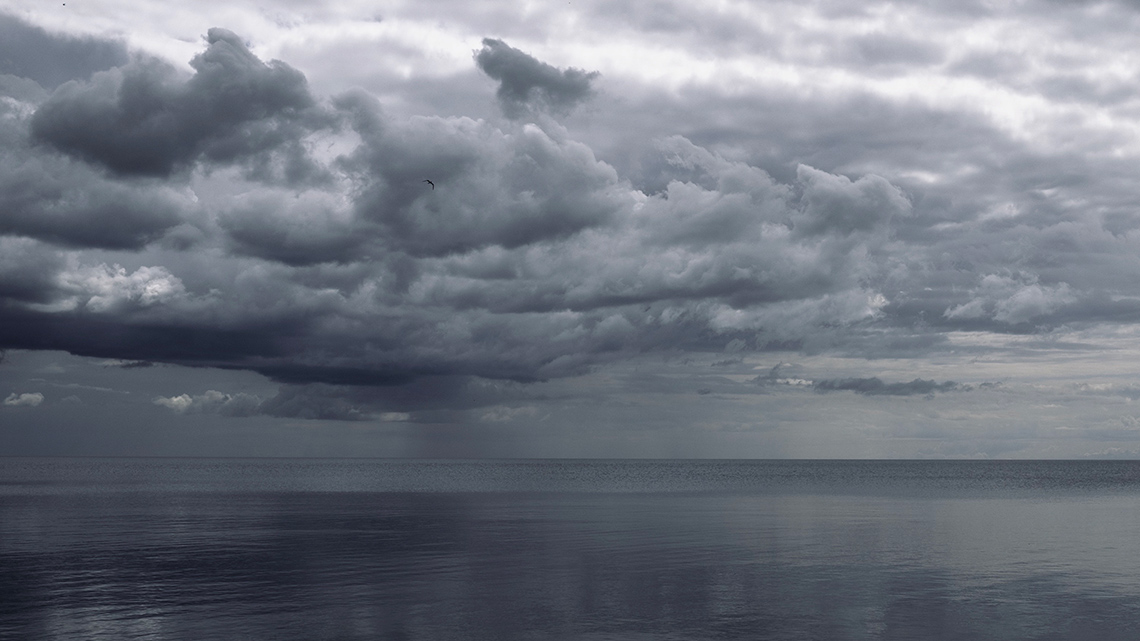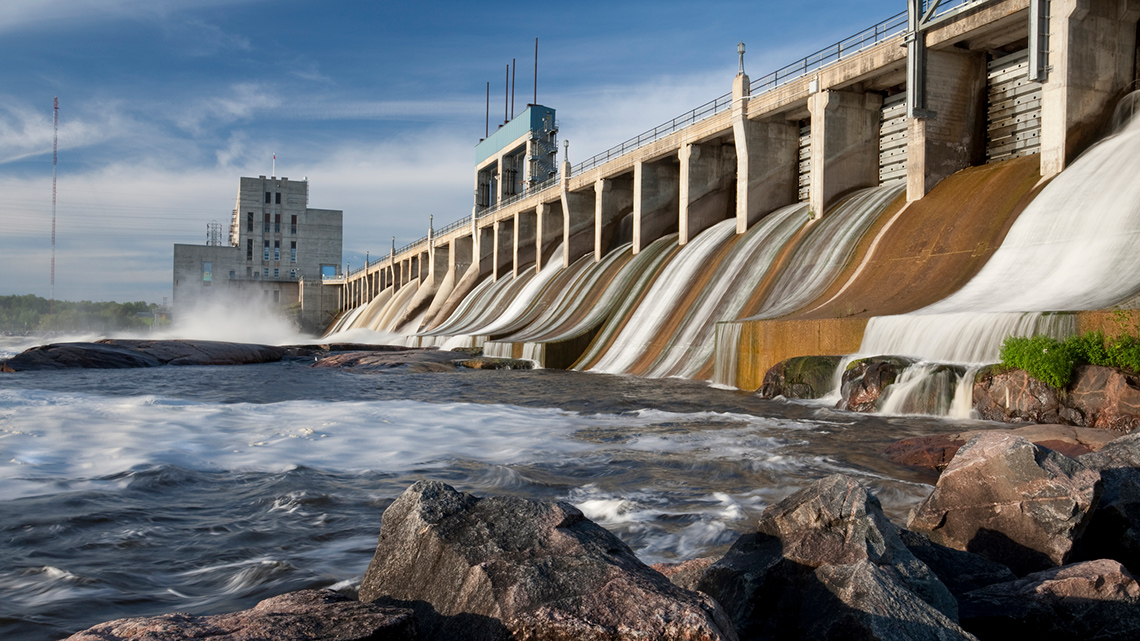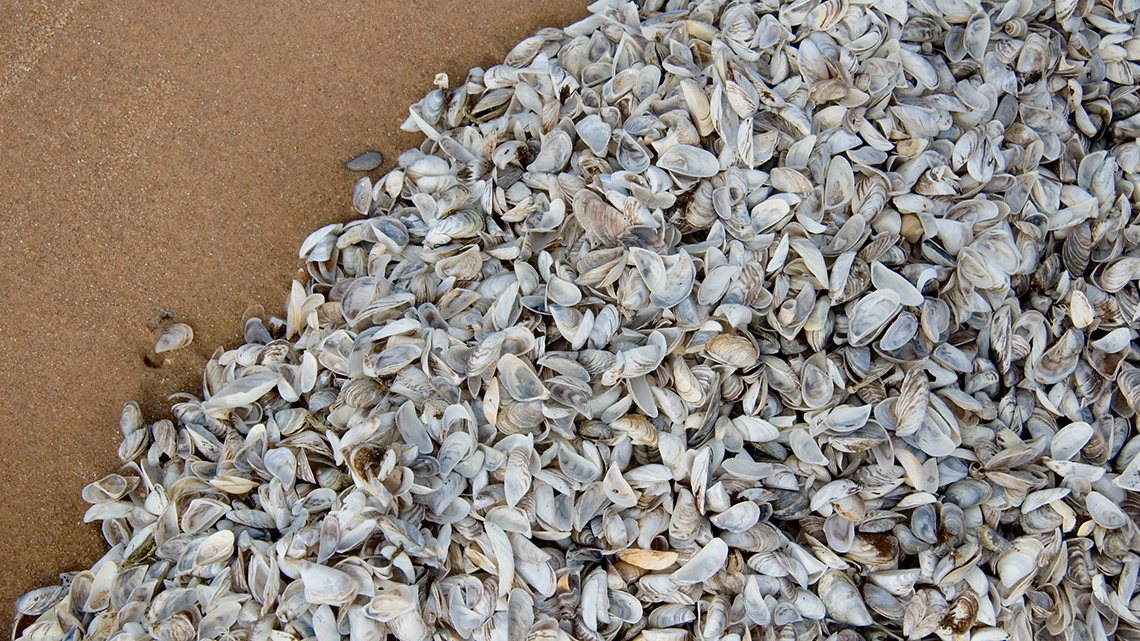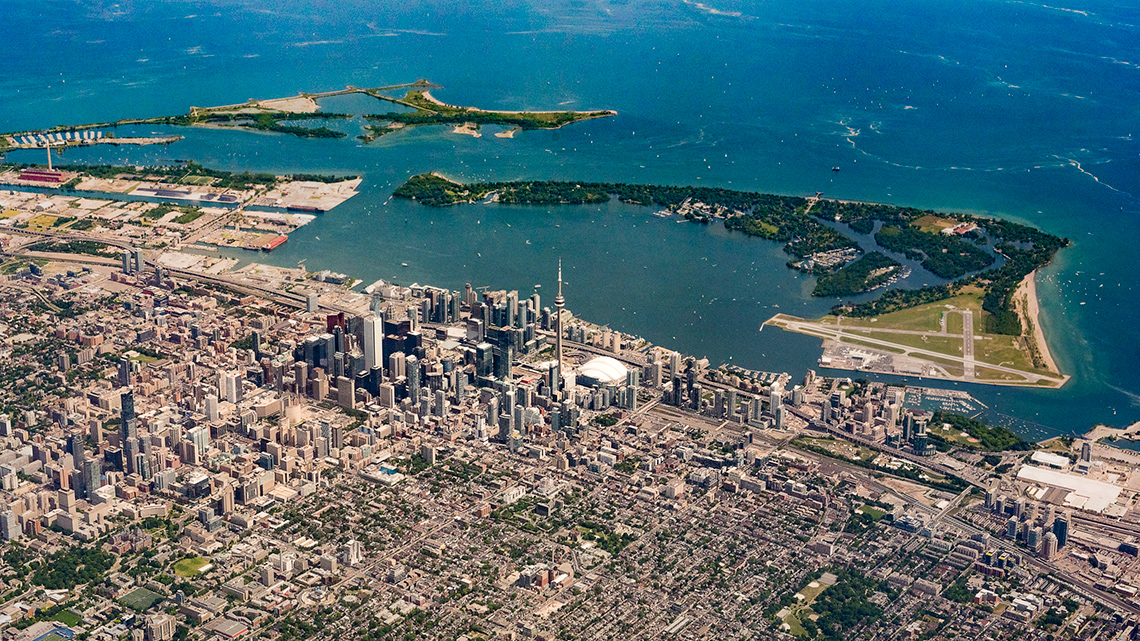Minds On
Ontario connection
This learning activity highlights people, places, or innovations that relate directly to the province of Ontario. Enjoy the exploration!

The Great Lakes
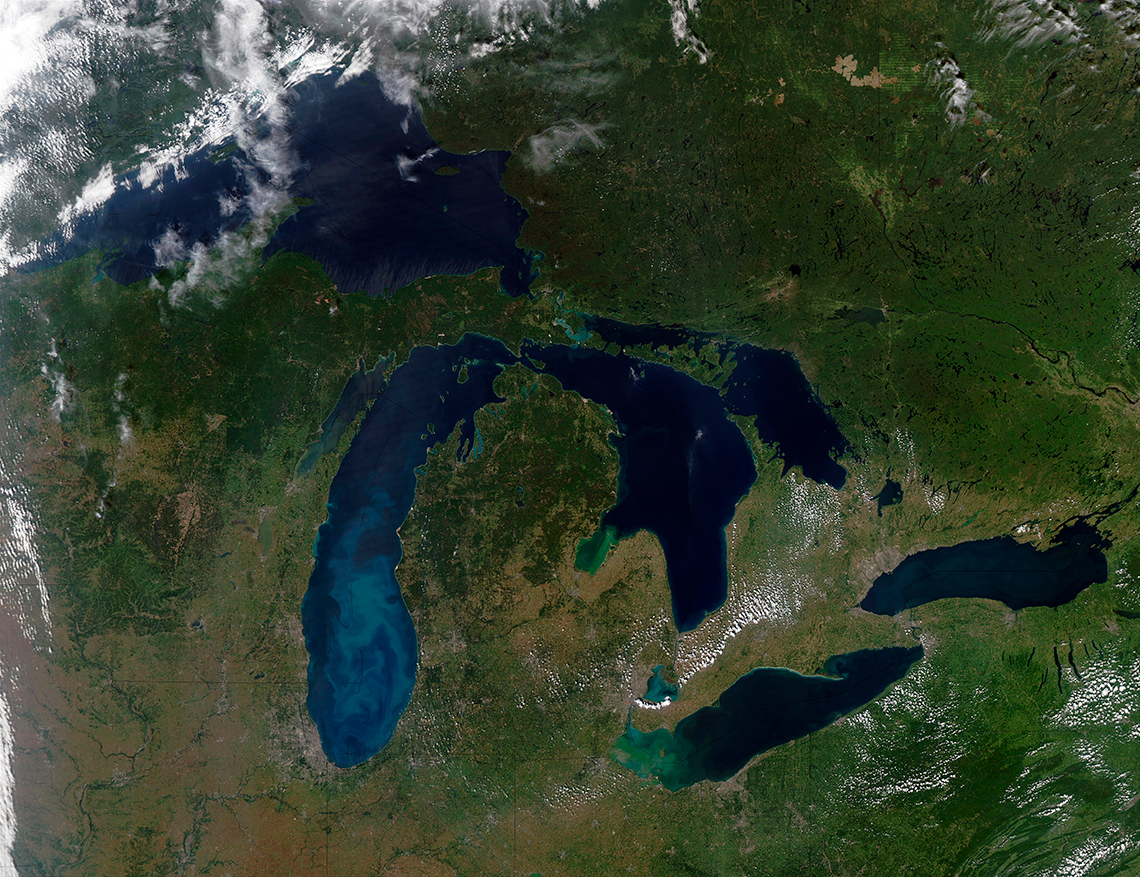
The Great Lakes
What do you know about the Great Lakes?
Consider the following questions and share what you know about the Great Lakes.
How are the Great Lakes important for plants and animals?
Do humans rely on them? How?
How are the Great Lakes important for Ontario?
Are they important for other communities? If so, why?
Complete the Great Lakes Mind Map in your notebook or using the following fillable and printable document. If you would like, you can use speech-to-text or audio recording tools to record your thoughts.
Action

A map of the great lakes along the Canada–USA border in Ontario. From left to right, they are: Lake Superior, Lake Michigan, Lake Huron, Lake Erie, Lake Ontario.
“The Great Lakes — Superior, Michigan, Huron, Erie and Ontario — and their connecting channels form the largest fresh surface water system on Earth. They cover more than 94,000 square miles and hold an estimated 6 quadrillion gallons of water.”
—Great Lakes Commission
Task 1: The Great Lakes and climate change
Threats to the Great Lakes
The Great Lakes support a large array of plants and animals, with rich ecosystems that are distinct from any other ecosystem in the world. The Great Lakes provide us with fresh drinking water, food, and many recreational opportunities. They also provide the province of Ontario and other neighbouring communities with sources of electricity and numerous other economic advantages. However, the Great Lakes are fragile and facing serious threats. Explore some of the threats to the Great Lakes by examining the following images.
Which of the threats to the Great Lakes you just explored in the carousel of images are caused by humans, and which are natural?
Press ‘Answer’ to find out if the issues affecting the Great Lakes are natural or human-made.
That’s right! Most of these factors are connected to humans and are affecting the Great Lakes.
Explore the following video to learn more about Indigenous perspectives on the Great Lakes. Please note that this video specifically discusses First Nations and Métis perspectives as the Great Lakes regions are within their traditional and/or present-day territory. As you are exploring the video, record any jot notes (big ideas) that you notice in a method of your choice.
What stood out to you the most? Compare your jot notes with the following list.
Press ‘Answer’ to access jot notes about the Great Lakes.
- First Nations and Métis communities can no longer go and take water out of the basin and drink it freely because it is full of toxins and bacteria
- many First Nations communities in Ontario are under a boil water advisory (many on Great Lakes)
- First Nations and Métis communities are concerned with the high levels of mercury (a toxin) in fish that affects the ability to consume the fish
- it is time to look at reciprocation of rights and responsibilities—not just about what the lake can give to us, but how we can we be responsible and fulfill our obligations to the water
- First Nations and Métis communities feel a sense of disconnect with the Great Lakes because they can’t exercise that portion of their culture
- we need to work together to restore the Great Lakes and bring them back to life
Inquiry

It’s time to conduct your own research to learn more about one of the issues affecting the Great Lakes. Select one from the following list:
- algae blooms
- climate change
- energy generation
- invasive species
- urban sprawl
Next, consider the following questions to focus your independent research.
- What is the issue and how is it impacting the Great Lakes?
- What is being done to prevent or lessen the impact of this threat?
- Who is helping? (Hint: Consider non-government organizations, Indigenous communities, engineering careers, local governments, Indigenous organizations, etc.)
Before beginning your research, explore the following video which explains the scientific research process. This will help guide you as you work your way through this activity.
Explore this video to learn about the steps of the Scientific Research Process.
You may choose to use environmental and geographic websites to help you conduct your research.
Record your ideas in a method of your choice, and if possible, share this information with someone else. Use the following checklists as a guide.
I can choose my resources by:
I can analyze and interpret my findings by:
I can communicate learning by:
Task 2: What can we do?

The Great Lakes are extremely important to Ontario’s families and communities because they provide drinking water, quality of life, and prosperity. It is important that we keep the Great Lakes healthy now and for future generations. There are several initiatives aimed at protecting the Great Lakes. Explore two of these initiatives below!
The Great Lakes Indian Fish and Wildlife Commission
Collaboration between members of the community, organizations, and government is essential to make progress on Great Lakes protection. A wide variety of agencies, organizations, communities, and individuals – including First Nations and Métis communities, municipalities, conservation authorities and volunteer groups – all contribute valuable tools and knowledge. The Great Lakes span the United States and Canada, and The Great Lakes Indian Fish and Wildlife Commission (GLIFWC) is an example of a tribal organization in the United States that is using Indigenous knowledge and values to protect and manage water resources and other natural resources as climate change poses unique challenges in the Great Lakes region. The goal of GLIFWC is to protect the rich and vast natural resources in the Great Lakes region. The Commission represents eleven Ojibwe tribes in Minnesota, Wisconsin and Michigan, and focuses on long-term monitoring of species, and monitoring the impacts of climate change on habitats within the Great Lakes.
Ontario’s Great Lakes Strategy
The government of Ontario has developed “Ontario’s Great Lakes Strategy,” which focuses on protecting shorelines, beaches, and wetlands, reducing impacts of sewage and runoff, tackling algae problems, and providing opportunities for people to clean up the Great Lakes. It aims to protect and preserve biodiversity while addressing environmental issues, such as invasive species.
There are 6 key goals of Ontario’s Great Lake Strategies. Learn more about these goals by exploring the following images and descriptions.
Press the following tabs to access Ontario’s Great Lake Strategies.

This first goal, engaging and empowering communities, means providing opportunities for Ontarians to help take care of the Great Lakes. So, how can we help? There are many ways to help protect the Great Lakes. For example, Ontarians can work toward conserving water, using non-toxic cleaners, and collecting trash at shorelines and marshes. All of these small actions will make a big difference if we work together. Collaboration between the Ontario government and First Nations and Métis leadership and communities is another important action. These groups help by discussing policy direction, protection actions, and Great Lakes values.
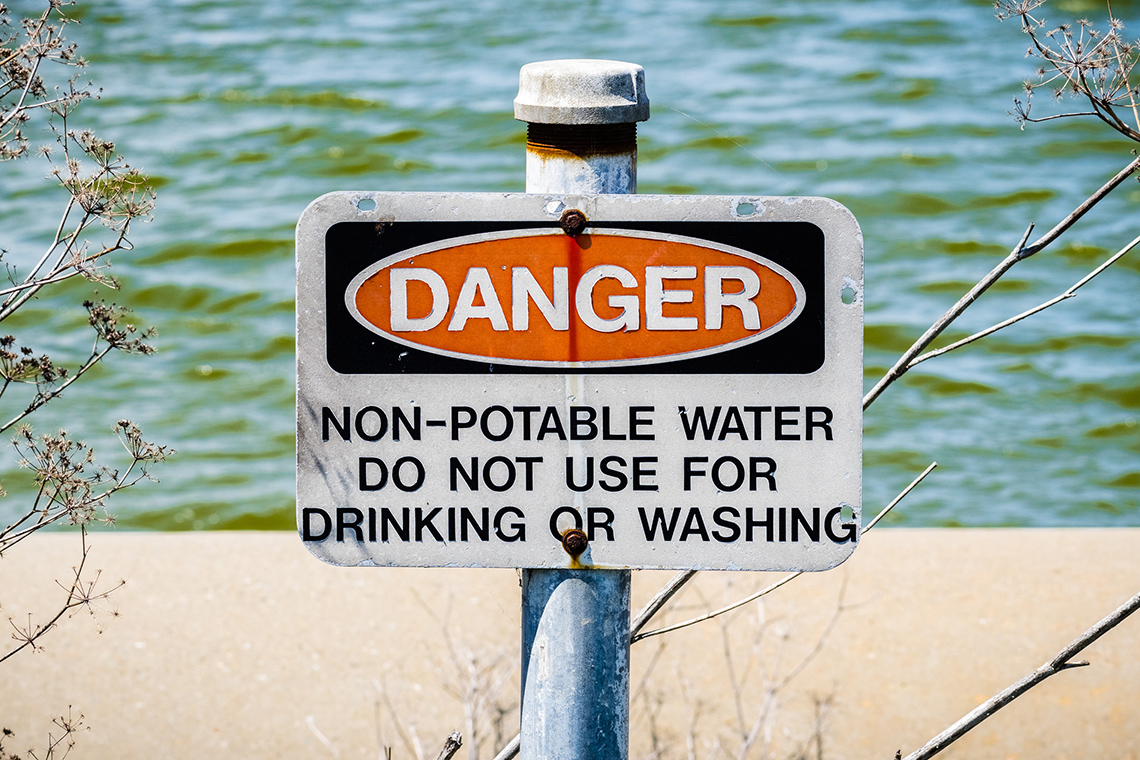
This second goal, protecting water for human and ecological health, is a key priority in restoring the Great Lakes to protect the quality of life for humans and species. To accomplish this, we need to reduce the number of harmful pollutants that enter the Great Lakes ecosystem. This will help to reduce the algae problems of the Great Lakes, which will protect human health and drinking water.
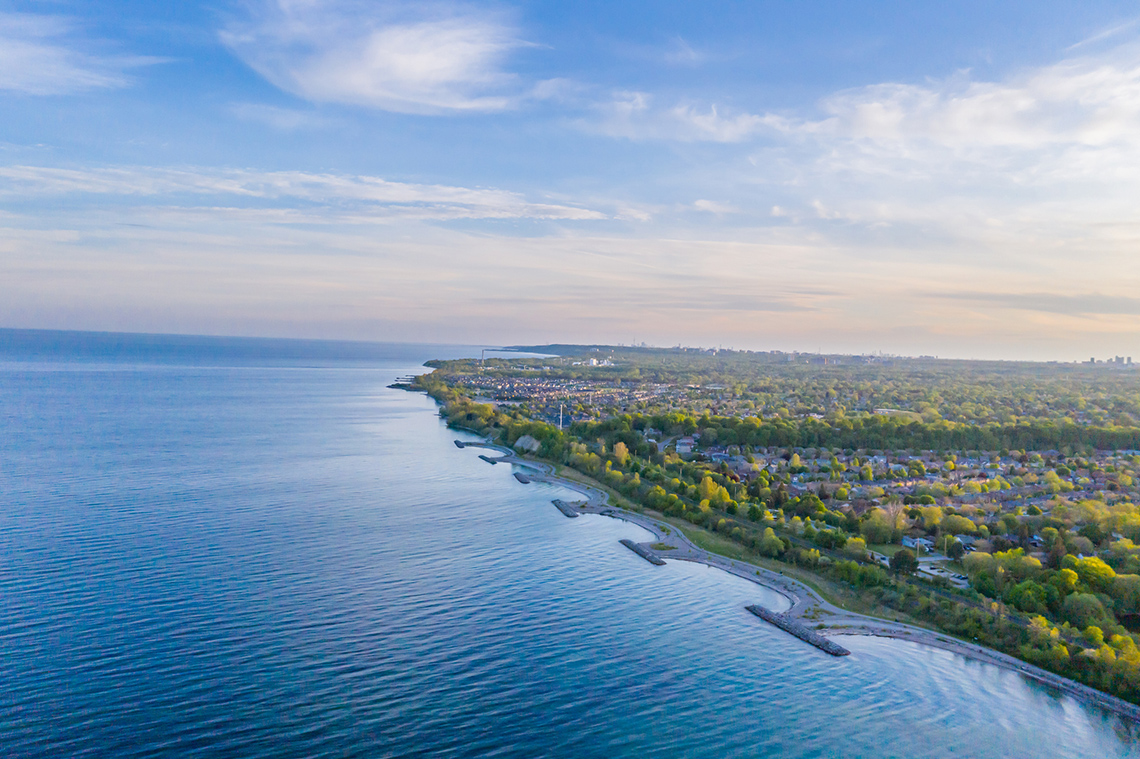
This third goal, improving wetlands, beaches, and coastal areas, will greatly benefit humans, animals, and plants. Of course, these are the areas that most people see and enjoy, and they are also the areas where people notice pollution and other pressures that are negatively impacting the water. Some of the evidence of pollution and other pressures that are negatively impacting our Great Lakes include unwanted algae, contaminated sediment, and shoreline alterations. Can you think of any human activities that might negatively impact the Great Lakes? Remember, wetlands, beaches, and coastal areas are important because they provide a habitat for a large number of plants, fish and wildlife species.
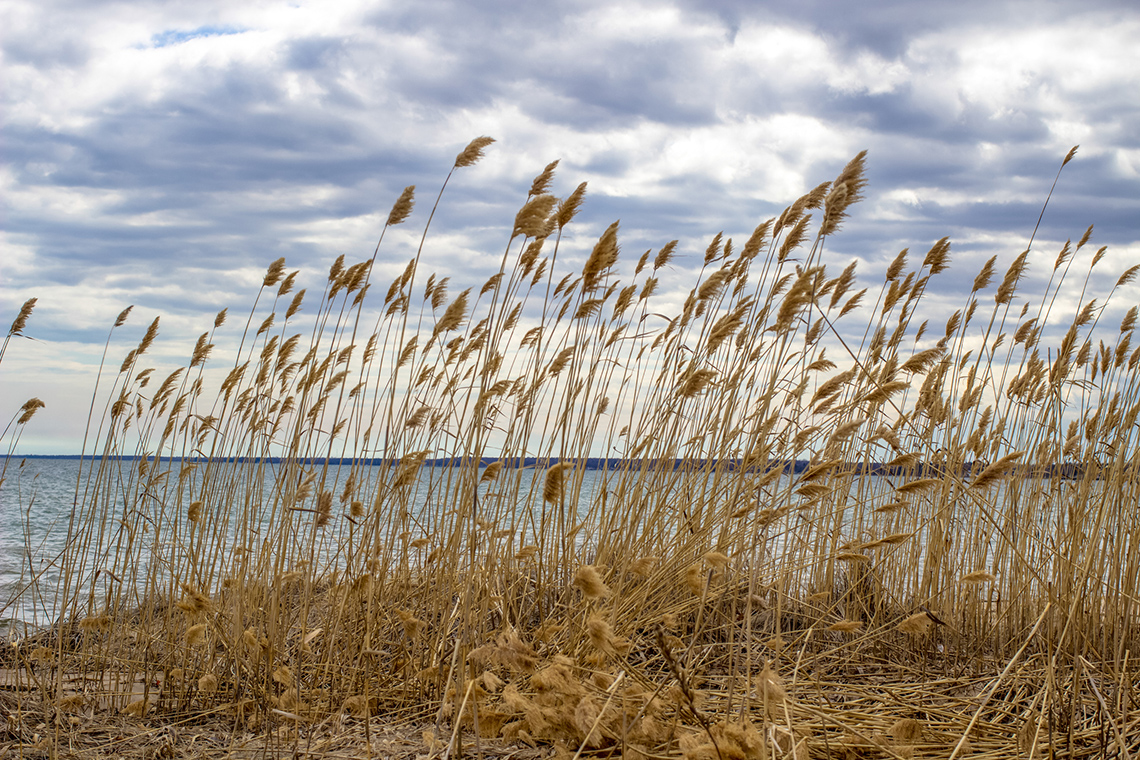
This fourth goal, protecting habitats and species, recognizes that habitat loss and invasive species are two of the main threats to the Great Lakes, and aims to diminish these. Part of the plan is to protect and improve habitat protection and restoration methods in order to decrease habitat loss and prevent new invasive species from entering the area.
This fifth goal, enhancing understanding and adaptation, aims to support science that will improve the understanding and management of the Great Lakes. Great Lakes protection is a long-term project. Continued support in Science in essential to identifying the issues, solving problems, and setting priorities. First Nations and Métis communities are important educators on the topic of Traditional Ecological Knowledge. These indigenous communities are sharing their knowledge and working with western science to help inform policy and decisions about the management of the Great Lakes.
This sixth goal recognizes that current decisions made about the Great Lakes will affect future generations. The Great Lakes provide economic opportunities, power generation, shipping and transportation routes, and recreational activities. One priority is fostering water innovations and conservation practices to improve water quality.
All Ontarians share the benefits of the Great Lakes, so they also share the responsibilities to protect the Great Lakes for generations to come.
Pause and reflect
Pause and reflect
Consider what you have learned about the Ontario Great Lakes Strategy.
Reflect on each goal and then select one.
What is the main purpose of the goal you have chosen?
Why is this goal important in the overall conservation of the Great Lakes?
Record your thoughts using a method of your choice.
Note to teachers: See your teacher guide for collaboration tools, ideas and suggestions.
Task 3: Great Lakes steward
Everyone has a responsibility to keep the Great Lakes healthy and thriving! You have started to learn about the different initiatives in place to help protect and restore the Great Lakes. In this part of the learning activity, you will be taking part in inquiry-based learning using the FERA cycle. FERA stands for “Focus, Explore, Reflect, Apply.” Your task is to use the following graphic organizer and think about how you can become a Great Lakes steward.

The four actions of the FERA cycle in a looping circle. The first is Focus: Initiating & Planning. Then, Explore: Performing & Recording. Then, Reflect: Analyzing & Interpreting. Finally, Apply: Communicating.
|
Focus |
Brainstorm a list of organizations and government agencies that currently exist to protect bodies of water, such as the Great Lakes, or increase awareness about using and managing water appropriately. Possible Ideas include:
|
|---|---|
|
Explore |
Select ONE of these groups or organizations and conduct research to find out what their vision, mission, and values are. Also, explore some of their ongoing initiatives. |
|
Reflect |
Reflect on whether you feel they are being successful in their initiatives. Why or why not? If you were a member of this organization, what initiative would you recommend next? Why? If possible, share this reflection with someone else and discuss. |
|
Apply |
To become a Great Lakes Steward, you need to take action! Using a method of your choice, share how you can make a difference in protecting the Great Lakes ecosystem. Be sure to include how you will action these ideas and track or monitor your progress. |
Complete the FERA Chart in your notebook or using the following fillable and printable document. If you would like, you can use speech-to-text or audio recording tools to record your thoughts.
|
Focus |
|
|---|---|
|
Explore |
|
|
Reflect |
|
|
Apply |
Press the ‘Activity’ button to access FERA Chart.
Consolidation
Review your learning

For each term, select the corresponding definition.
Putting it all together
In this learning activity, you have learned a lot about the Great Lakes.
We have learned…
You are now responsible for educating others about what you have learned. Choose one of the options from the following list and communicate what you’ve learned.
You can:
- write a newspaper article
- complete a short essay
- create a blog post or podcast episode
Be sure to include all the components from the preceding We have learned… checklist in your creation.
Pause and Reflect
Pause and reflect
Do you feel like you communicated your message effectively? What would you have done differently?
Reflection
As you read the following descriptions, select the one that best describes your current understanding of the learning in this activity. Press the corresponding button once you have made your choice.
I feel…
Now, expand on your ideas by recording your thoughts using a voice recorder, speech-to-text, or writing tool.
When you review your notes on this learning activity later, reflect on whether you would select a different description based on your further review of the material in this learning activity.
Press ‘Discover More’ to extend your skills.
Discover MoreTo explore more about how the Great Lakes are in peril, explore the article “Great Lakes on the Precipice” by Tim Almeniciak.
Press tvo today to access Great Lakes on the Precipice by Tim Almeniciak.
TVO dot org (Opens in a new tab)

